I don’t know about y’all, but I had some travel plans in the works this year. In addition to a surprise birthday trip for my mom to Paris (which I sadly had to cancel) I had Willamette Valley, Spain, and Sicily on my short list of wine destinations to visit this year. Not so much any more. Particularly any place outside the U.S. as they aren’t even allowing us in – and rightfully so! Since I can’t go on a wine country adventure, I’m traveling through the bottle. So let’s travel to northeast Spain to Navarra.
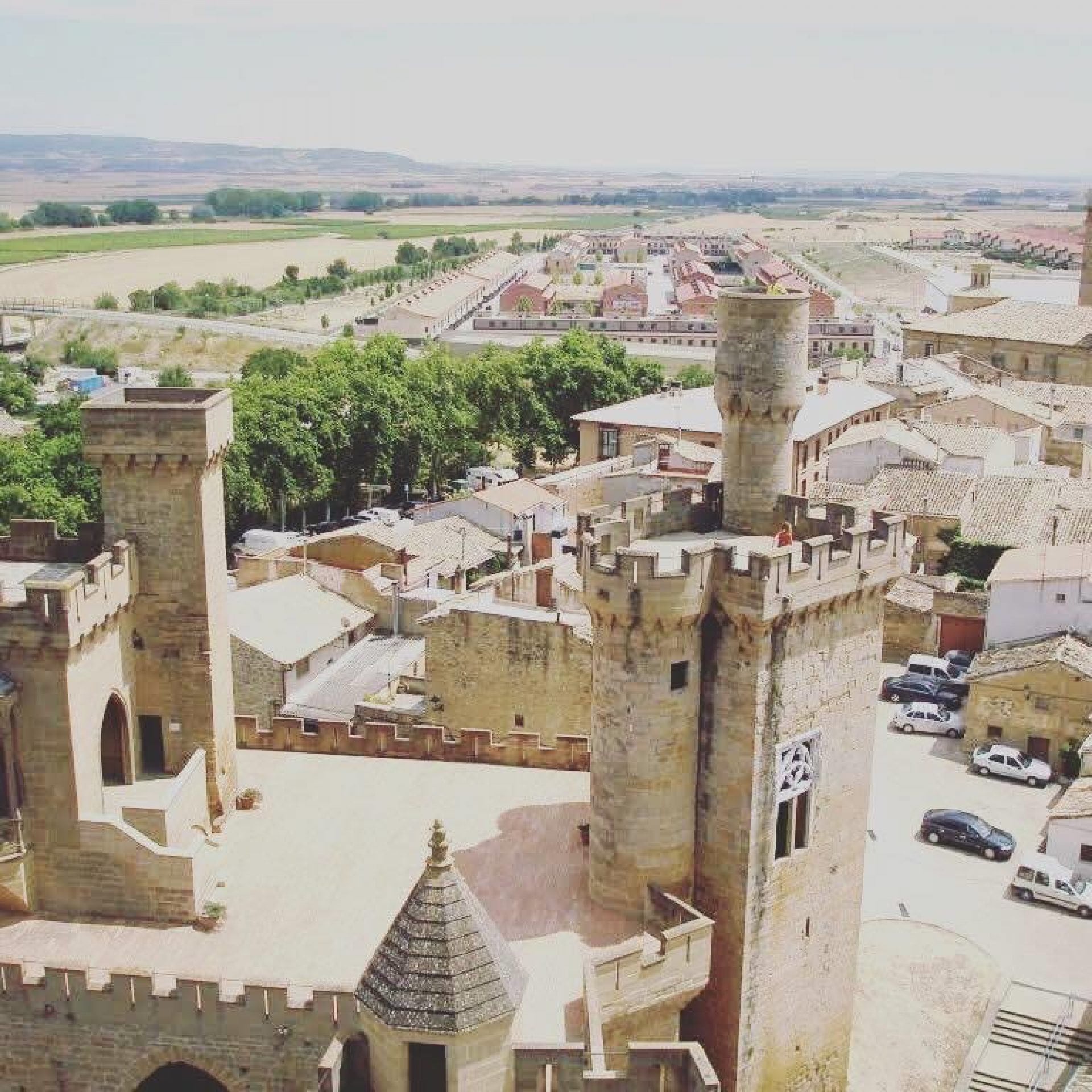
Navarra D.O.
This charming region south of the Pyrenees is filled with palaces, castles, religious history, diverse landscapes, charming small towns and villages, as well as the city of Pamplona, which is famous for the Running of the Bulls. And of course, there are vineyards and wineries.
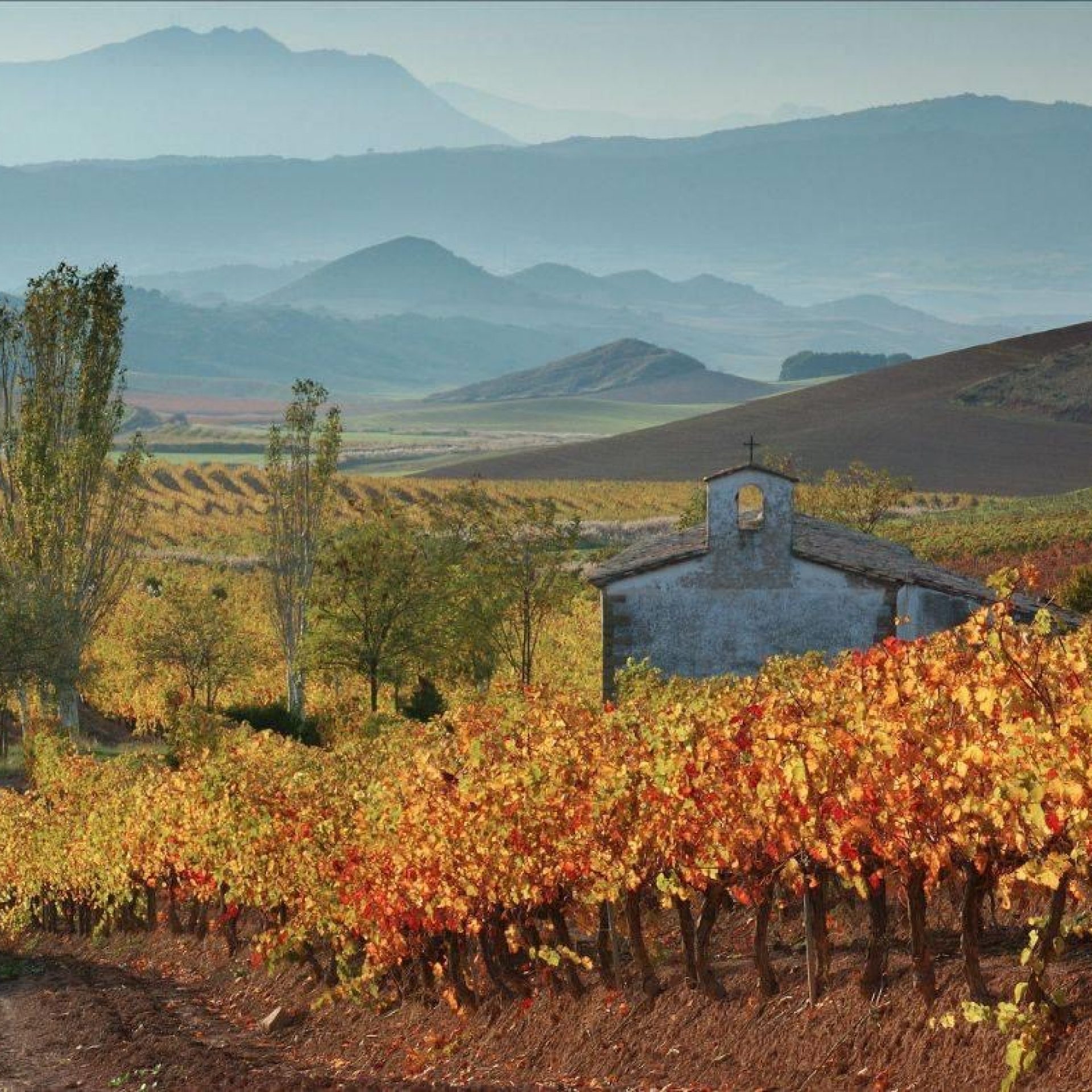
The Navarra D.O. is one of the oldest in Spain and produces a wide array of wines in many different styles. Part of the region’s diversity stems from the fact that it consists of several micro-climates which, in turn, determines the grape varietals that can be planted in each area. Within the region’s five sub-regions, all three major climate types – Maritime (due to the proximity of the Atlantic Ocean), Continental, and Mediterranean – coexist.
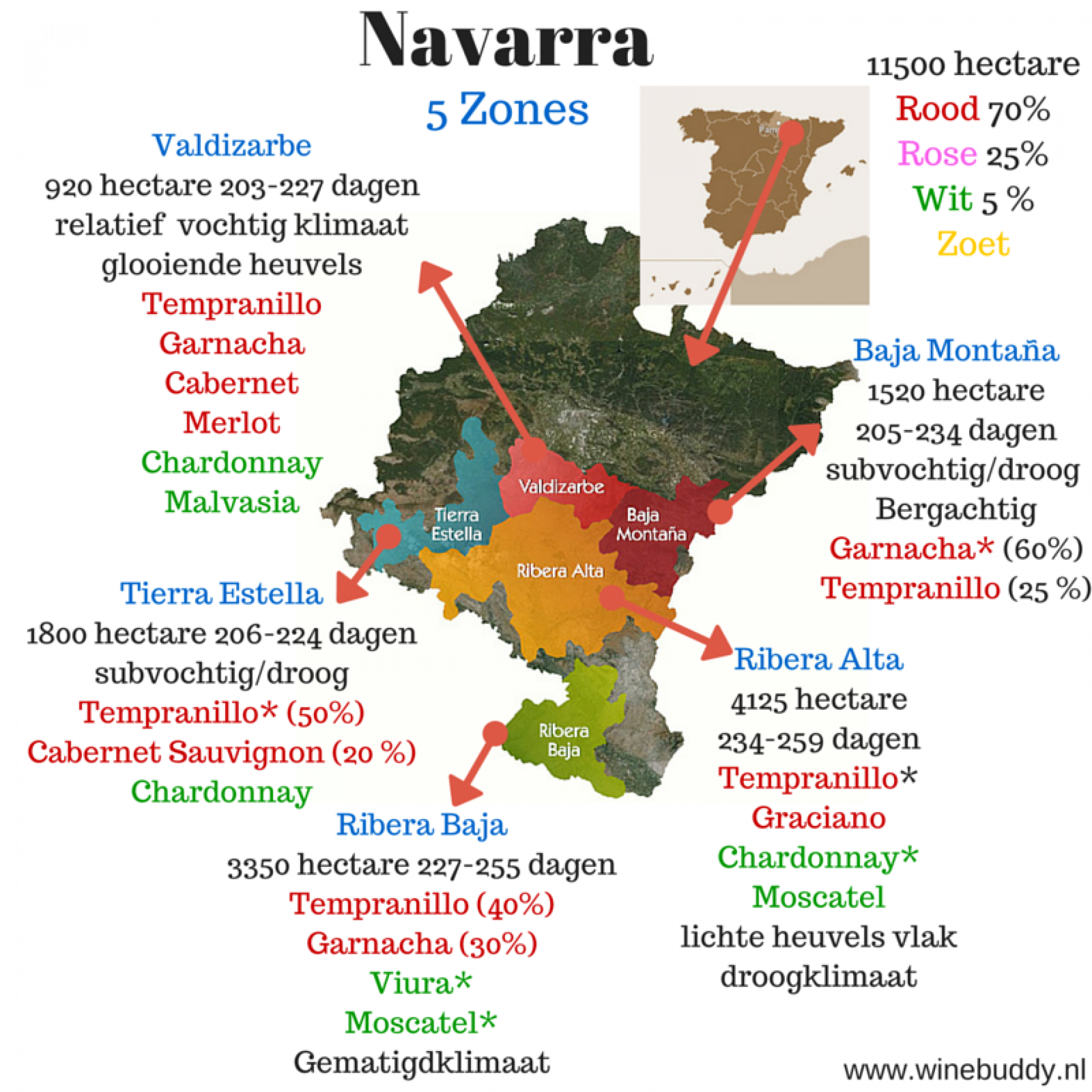
The region sits between the famed regions of Rioja and Bordeaux, so it’s no surprise that the region is sometimes overshadowed. Over 90% of grapes planted in the region are red with Tempranillo and Garnacha leading the way. When it comes to the small amount of white grapes, Chardonnay leads the way. This translates to about 60% red wine production, 30% rosado, and 10% white. Of the grapes under vine, 70% are native while 30% are planted to international varieties.
And while the wines may sometimes get overshadowed, those in the know understand that there is quality throughout the region to be had. Wines from the region regularly command medals at international wine competitions and are awarded impressive scores by the likes of Wine Spectator, Wine Enthusiast, Wine & Spirts, and more.
Propiedad de Arínzano
So now that we’ve travelled to Navarra, lets visit the stunning Propiedad de Arínzano. Dating back to 1055, it is Spain’s oldest wine property and was gifted to nobleman Sancho Fortuñones de Arínzano by the king of Navarra as a reward for his loyalty during the years of war with neighboring kingdoms. Arínzano in turn, offered the property to monks who cultivated grapes and made wine for the religious and spiritual pilgrims of the Camino de Santiago. For many years up to the 19th century, the property passed through the hands of various members of Spanish nobility until it eventually fell into disuse.
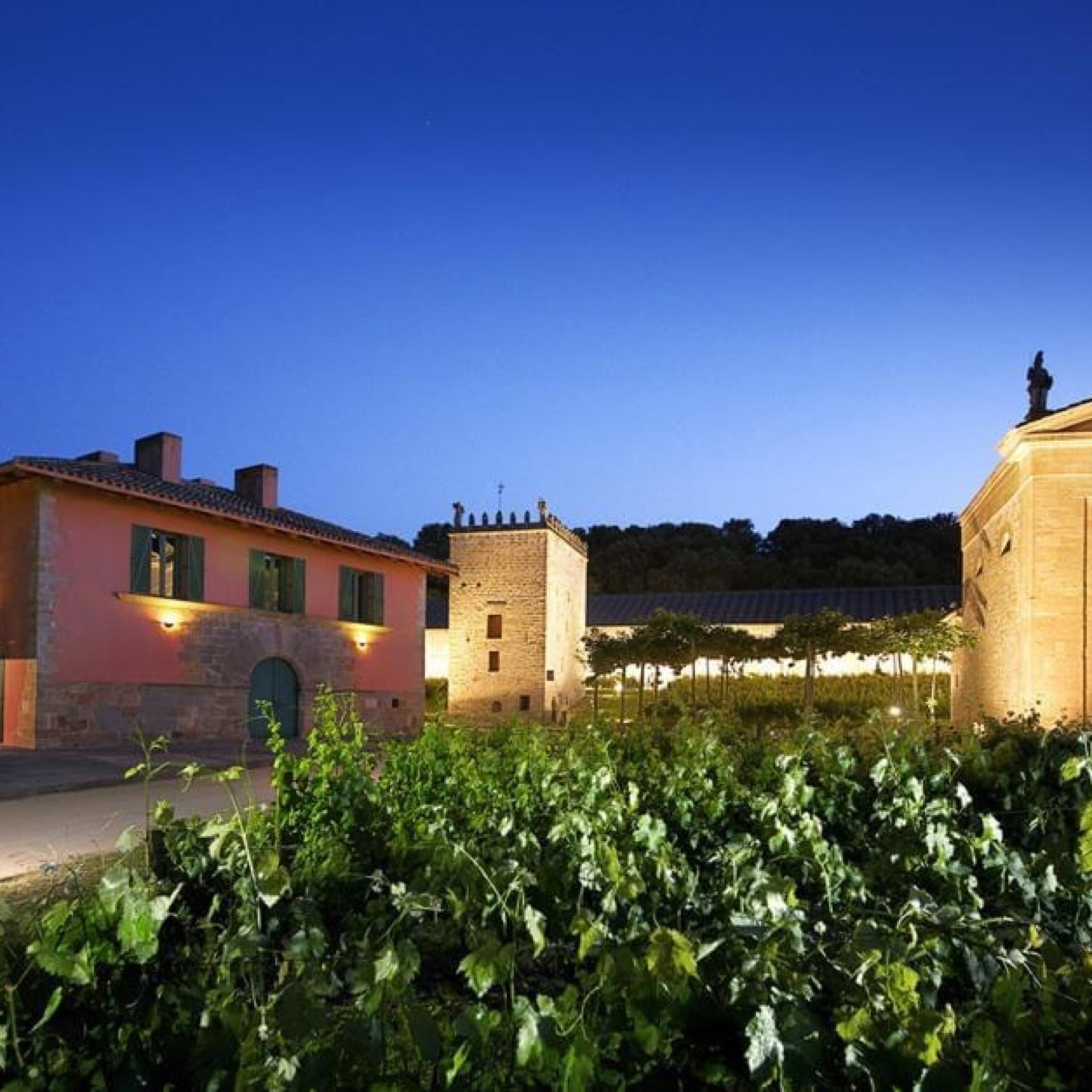
After nearly a century, Propiedad de Arínzano was rediscovered in 1988. The vineyards were replanted with the most ideal varietals for each parcel and the property’s historic buildings, as well as the winery, were reconstructed. Then at the turn of the 21st century, the King and Queen of Spain inaugurated the Arínzano winery in a celebration that marked the rebirth of a noble tradition more than a thousand years old.
Today, Arínzano crafts artisanal wines that showcase the best of the estate and vineyards. In addition to its noble history, Arínzano also has another claim to fame. It is one of the few estates in all of Spain to be granted Pago status and it is the first to receive this status in the northern Spain.
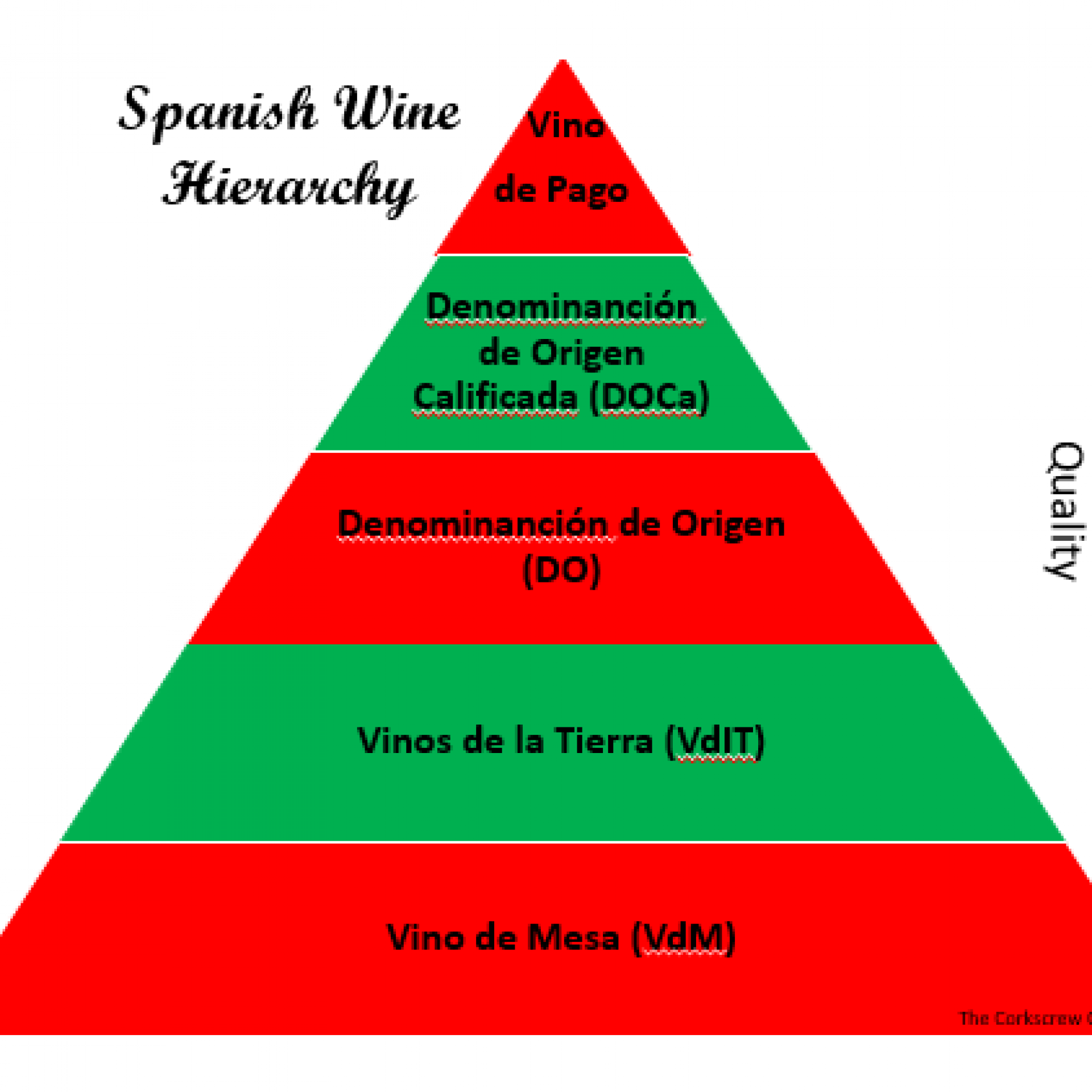
The Vin de Pago classification is Spain’s top level wine category and applies to a small number of estates with great reputations. Pago status is regarded as a level even above DOCa.1 It is only awarded to estates that demonstrate an excellent and unique climate and terroir, as well as superior winemaking techniques. Approved estates must only use their own grapes, and the grapes must be vinified and matured on the estate.
With its proximity to the Atlantic Ocean, the fruit from the Arínzano estate gets the best of both worlds. The ocean proximity provides for a greater daily temperature swing which allows the grapes to both ripen (particularly Tempranillo which needs hotter temperatures to ripen) as well as retain their all important acidity. Arínzano produces two lines of wines (which I explore below) as well as some singular bottlings. The estate’s Hacienda wines includes a Blanco (Chardonnay), Rosado (Tempranillo) and Tinto (Tempranillo blend) and are easy drinking wines that are meant to be enjoyed every day. At the other end of the spectrum, the estate’s Gran Vino line represents the height of winemaking at Arínzano and includes a Chardonnay and a Tempranillo.
The Wines
I was able to taste through five of the Arínzano wines.
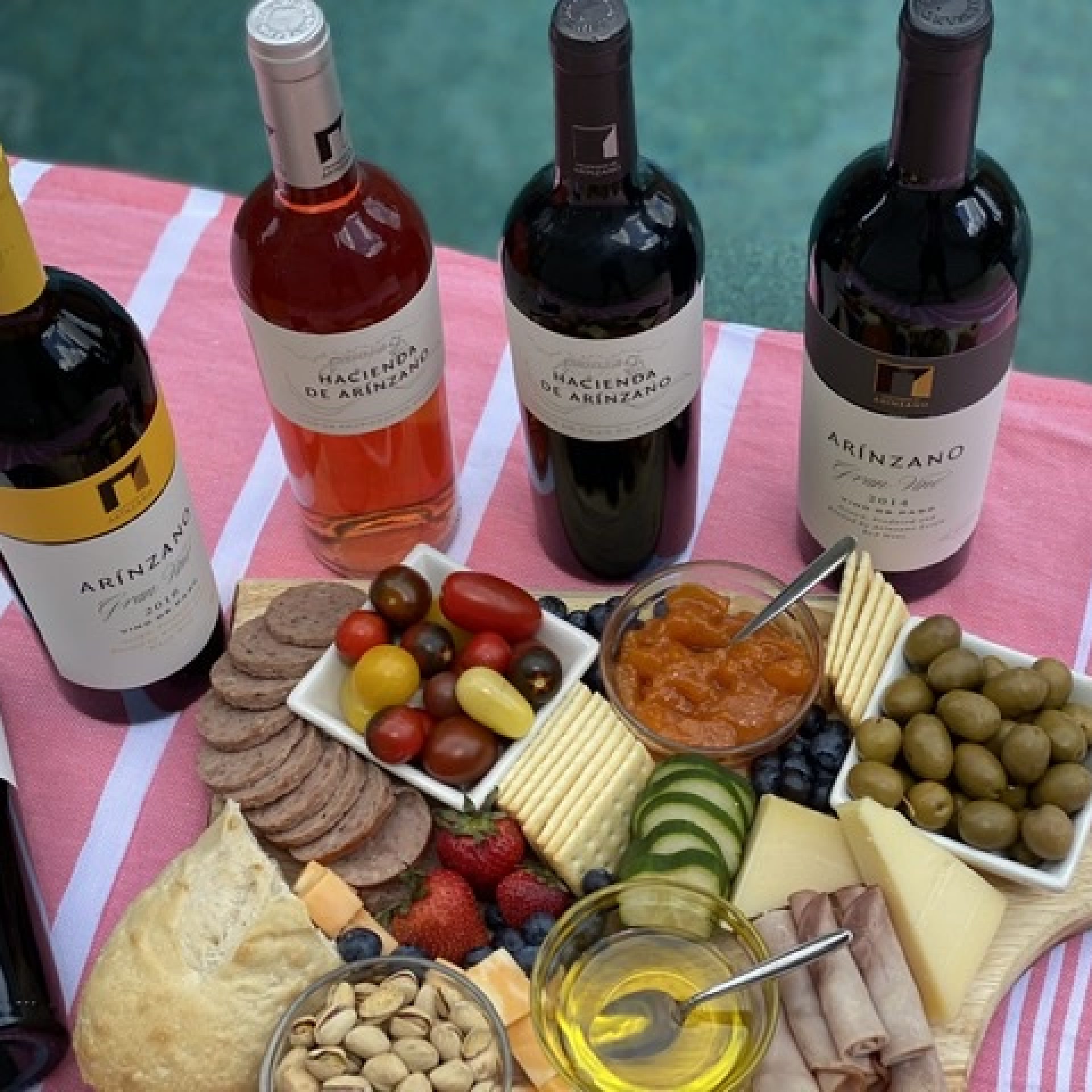
2018 Hacienda de Arínzano Blanco (SRP: $20)
Crafted of 100% Chardonnay and a pale lemon yellow in the glass. Aromas of honeysuckle, yellow apple, and tropical fruit. On the palate, more of the tropical fruit, (honeydew and a touch of pineapple), lemon curd, peach, as well as a surprising herbal note and pepper spice. A nice balance of ripe fruit lifted up by mouthwatering acidity. This one sees 70% stainless steel and 30% new French oak. So easy to kick back with this one. What is it with me and Chardonnay these days?!
2016 Hacienda de Arínzano Gran Vino Blanco (SRP: $70)
Darker than the 1st Chardonnay, (likely due to its oak aging) it was a pale gold in the glass. Crafted of 100% Chardonnay, it also had more intense aromas coming out of the glass than the first wine. Aromas of white grapes (yes!), pineapple, raw nuts, brioche, and caramel. Rich and full-bodied, it is smooth and elegant with ripe tropical fruits, lemon cream, a touch of minerality, and tantalizing acidity. Aged in oak for 11 months with 75% new oak and 25% used. This would be wonderful with poached lobster or crab cakes. So why is this one so much more than the previous Chardonnay? Time aging in barrel. French oak and time are not cheap!
2018 Hacienda de Arínzano Rosado (SRP: $20)
It’s rosé (or rosado) and aren’t we in the height of pink wine season? Crafted of 100% Tempranillo, this is a bigger, bolder style of rosado (but still smooth) rather than being delicate and floral. That means it can hold its own against some heartier summer fare. BBQ ribs would be a fine match for this one. Much more red fruit, citrus, and floral notes on the nose, but some of that comes through on the palate as well as a touch of cream and lively acidity.
2016 Hacienda de Arínzano Tinto (SRP: $20)
Crafted of 85% Tempranillo, 10% Merlot, and 5% Cabernet Sauvignon, it shows a deep ruby in the glass. Aromas of macerated blackberries, black plum, violets, cedar, tobacco, pepper and vanilla. The palate explodes with more black fruit, mocha, and leather. Vinified in 40% new oak and 60% used oak, it shows nice structure as well as some freshness. Like the rosado, it would make a nice complement to a summer cookout. This one would love some Texas BBQ or even beef fajitas.
2014 Hacienda de Arínzano Gran Vino Tinto (SRP: $95)
One of the estate’s flagship wines, the Gran Vino Tinto is crafted of 100% Tempranillo and spent fourteen months in French oak – 50/50 new and used. Deep garnet in the glass with quite an intense nose of black fruits including black plum and black cherry along with a touch of smokiness. Because it is grown so near the Atlantic, the Tempranillo shows enough acidity to be in balance with the ripe fruit.2 Powerful and bold, with big tannins, it needs time to open up to show its best. I actually enjoyed this one more on day two. And with its profile, it could spend several more years in the bottle. Beef and lamb would happily pair with this one.
And when we’re able to travel again and you find yourself in northern Spain, why not unwind in one of the winery’s luxury guest houses or experience the enotourism and gastronomy for which they are known?
Cheers to our future wine travel adventures!
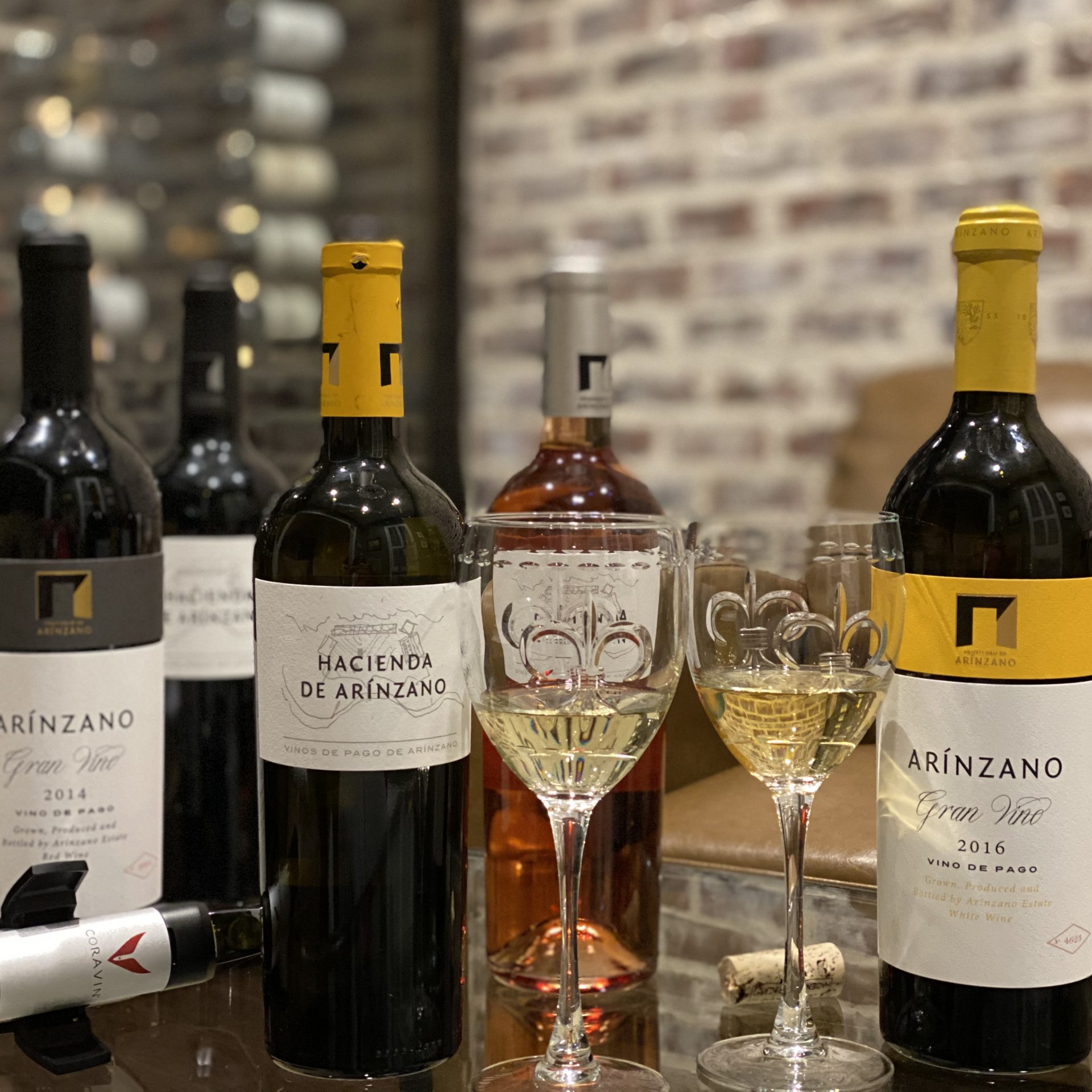
*Cover Image Courtesy of Propiedad de Arínzano

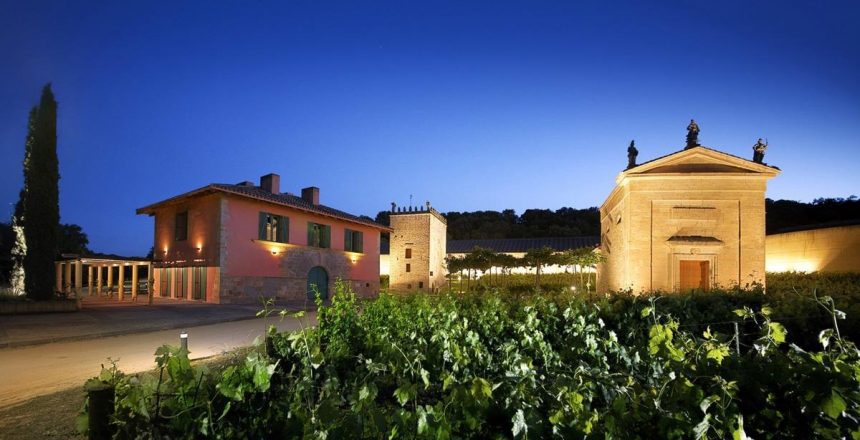
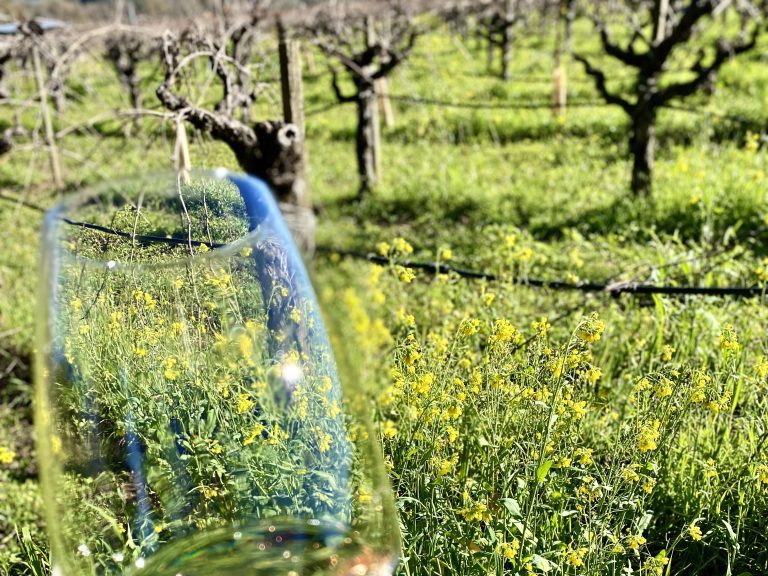

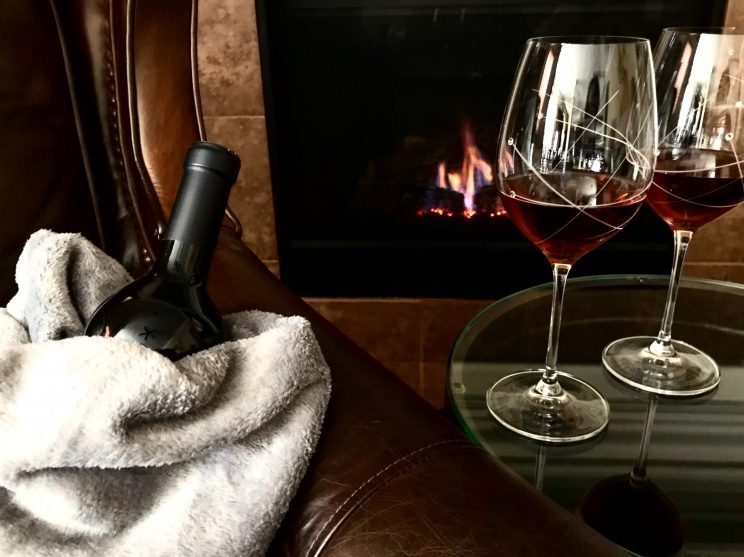

2 Comments
Sharron
•4 years ago
I would travel through a wine bottle OR in reality anywhere with you! Especially for wine tastings! Would never learn more from anyone else.
Kat
•4 years ago
Awww, thanks so much! Sincerely appreciate the sentiment.